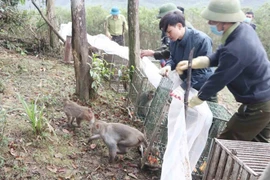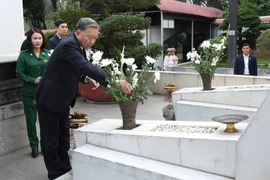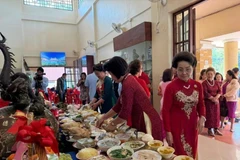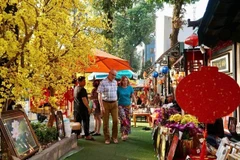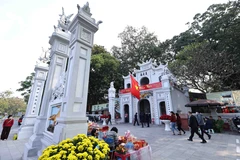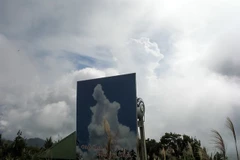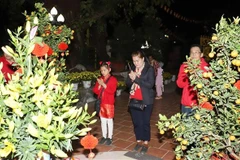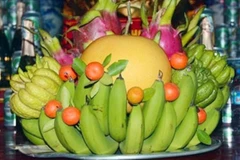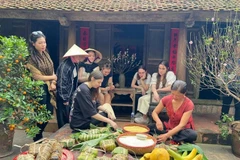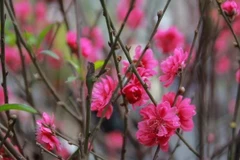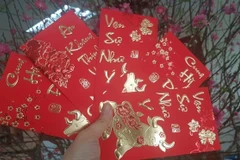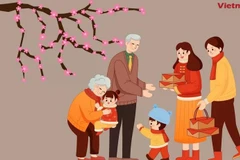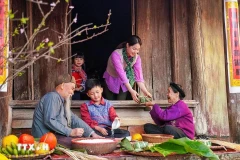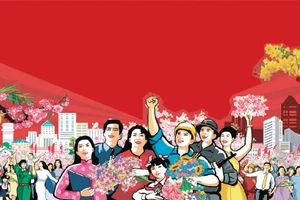Ha Tinh (VNA) – The annual Huong Tich Pagoda festival in the central province of Ha Tinh opened on February 3 or the 6th day of the first lunar month, drawing throngs of visitors.
Speaking at the opening ceremony, Director of the provincial Department of Culture, Sports and Tourism Nguyen Viet Truong said that the festival is not only a cultural tradition but also a religious activity.
The pagoda complex includes pagodas, temples, shrines worshipping Buddha, Gods, and Mother Goddess. It is a sacred place where visitors find inner peace and serenity, and enjoy the majestic natural scenery.
The festival attracts thousands of pilgrims each year, with over 123,000 in 2023 and more than 130.000 in 2024, according to the official.
In the past few years, local authorities and businesses have joined hands in restoring and upgrading items within the pagoda complex.
Huong Tich Pagoda sits 650m above sea level on Mount Ngan Hong, part of the Hong Linh mountain range, in Thien Loc commune, Can Loc district. Dating back to the Tran Dynasty (13th century), it is one of Vietnam’s oldest and most revered pagodas.
The pagoda’s significance is intertwined with the legend of Princess Dieu Thien, whose diligent practice led to enlightenment and transformation into a Buddha for the salvation of sentient beings. This narrative embodies the profound humanistic principles of Buddhism, emphasising the cultivation of compassion and benevolence in human interactions./.
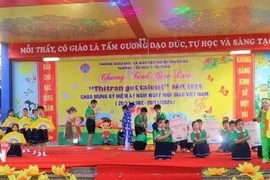
Vi-Giam folk singing revived in Ha Tinh schools
Since the Nghe Tinh Vi-Giam folk singing was officially recognised by UNESCO as intangible cultural heritage of humanity in 2014, the central province of Ha Tinh has paid significant attention to preserving and promoting the art genre.

